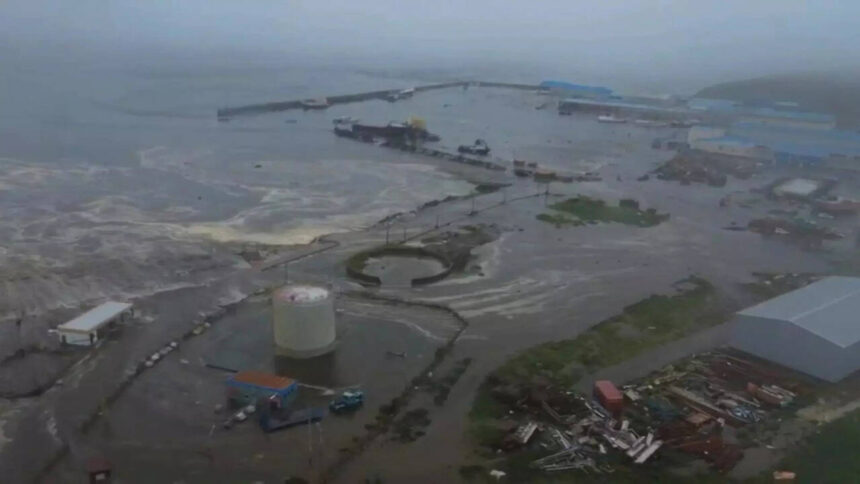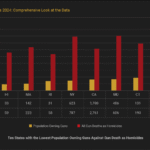Tsunami Alerts Eased as Risk Level Drops for North America
A powerful earthquake that originated near Russia triggered tsunami warnings across parts of the Pacific, including Hawaii and the west coast of the United States. In response, many residents took proactive measures and evacuated coastal regions. Fortunately, authorities have since downgraded or lifted the tsunami warnings as the immediate threats of significant flooding and dangerous waves have diminished.
Hawaii’s Governor, Josh Green, reported that no substantial waves had been observed in the state, even though a peak of nearly six feet was recorded. Similarly, smaller waves were reported along North America’s Pacific coast, though the risks were not entirely eliminated.
Authorities continue to urge caution among residents, especially due to the potential for strong ocean currents persisting following the initial tsunami waves. Various coastal areas across Hawaii, Alaska, California, Oregon, and Washington were still under tsunami advisories as of Wednesday morning, with the National Tsunami Warning Center (NTWC) officially downgrading alerts or canceling them altogether in some regions.
Understanding the Alerts
Tsunami alerts can be categorized into two types: a warning and an advisory. A tsunami warning indicates that significant flooding is anticipated or occurring, necessitating evacuations to higher ground. Conversely, a tsunami advisory suggests that dangerous currents and waves may impact those at the coast, advising people to avoid the water.
While local residents have begun to return home, they are cautioned about the continued risk of strong currents, which can last hours or even days following the emergency situation.
Impact on Communities
Seismologists had previously predicted that the tsunami waves could damage harbors and waterfront properties, particularly in Hawaii and California, but emphasized that catastrophic loss of life was unlikely in North America. Comparatively, the highest recorded waves reached only six feet, a stark contrast to the devastating 42-foot waves that struck Japan during the 2011 tsunami.
Many residents have taken recent warnings more seriously following past experiences. On Maui, which suffered extensive damage from wildfires two years ago, locals were observed moving to higher ground when alerts were issued. One resident, David Dorn, shared that he has lived near the ocean for 30 years but took this warning with more urgency than usual.
As coastal areas braced for the incoming waves, several shelters were set up and water systems were temporarily shut down to mitigate damage. Felicia Johnson, a lifelong Maui resident, described the eerie experience of watching water levels fluctuate, a common occurrence associated with tsunamis. Her preparations reflect the community’s heightened awareness following previous natural disasters.
Current Conditions
Recent measurements recorded waves reaching up to 5.7 feet in Kahului, Maui, and heights of 4.9 feet in Hilo, Hawaii. In California, while waves were smaller, the Pacific coast experienced a recorded surge of 3.6 feet in Crescent City and 1.6 feet near San Francisco. The National Weather Service (NWS) has warned residents to avoid inundated areas as water levels might fluctuate unpredictably over the next several hours.
Interestingly, some residents on the Los Angeles County beaches remained unworried despite warnings. George Mejia, 25, was initially unaware of the warnings as he and his cousins considered venturing into the ocean.
Tsunami Advisory Overview
| Location | Wave Height Recorded | Alert Status |
|---|---|---|
| Kahului, Maui | 5.7 ft | Advisory |
| Hilo, Hawaii | 4.9 ft | Advisory |
| Crescent City, California | 3.6 ft | Advisory |
| Arena Cove, California | 1.6 ft | Advisory |
In other regions, an advisory for Guam has been canceled, with officials affirming that there is no longer a tsunami threat although stronger currents may still occur in the coming days. This recent seismic event ranks as one of the most powerful earthquakes recorded in modern history, with only a handful of stronger quakes noted since 1900.




